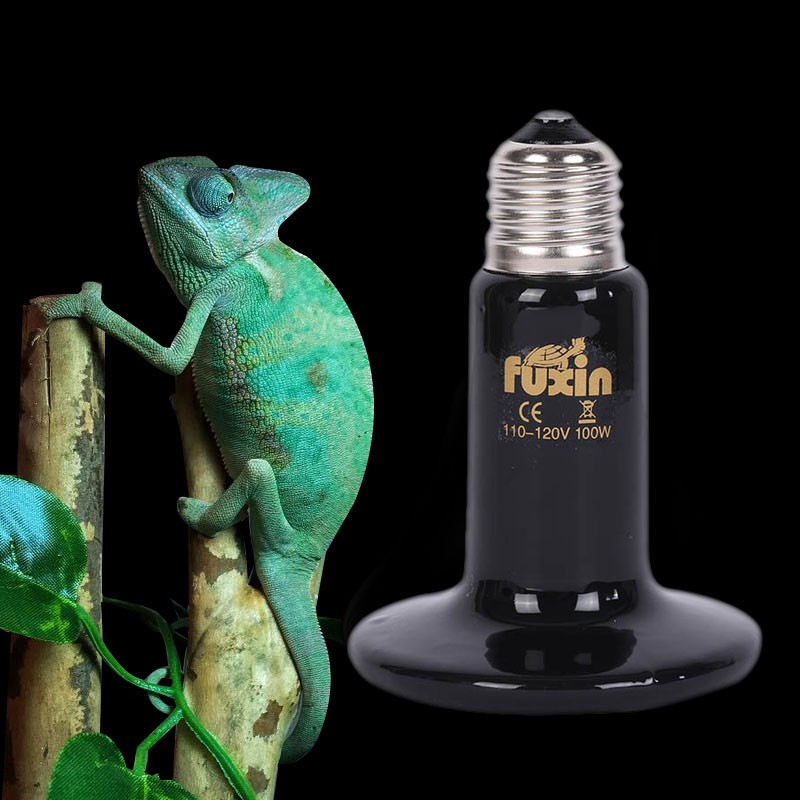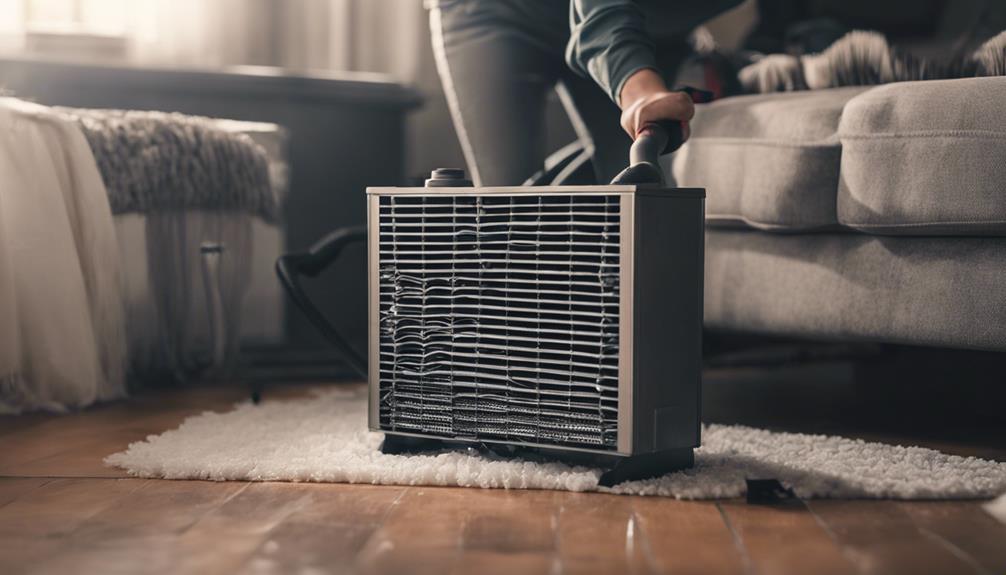
Maintaining your heater in excellent condition requires regular inspection to spot wear like cracks or discoloration, along with checking for frayed cords and blocked vents. Cleaning the interior components with a soft brush and keeping filters clean are essential tasks. Install carbon monoxide detectors for safety, and guarantee proper ventilation by checking for obstructions and replacing air filters regularly. Test safety features, like accurate thermostat settings and proper heater placement. Finally, scheduling professional inspections can catch potential issues early and optimize efficiency. Adhering to these tips will keep your heater running smoothly and safely.
Inspect Regularly for Wear
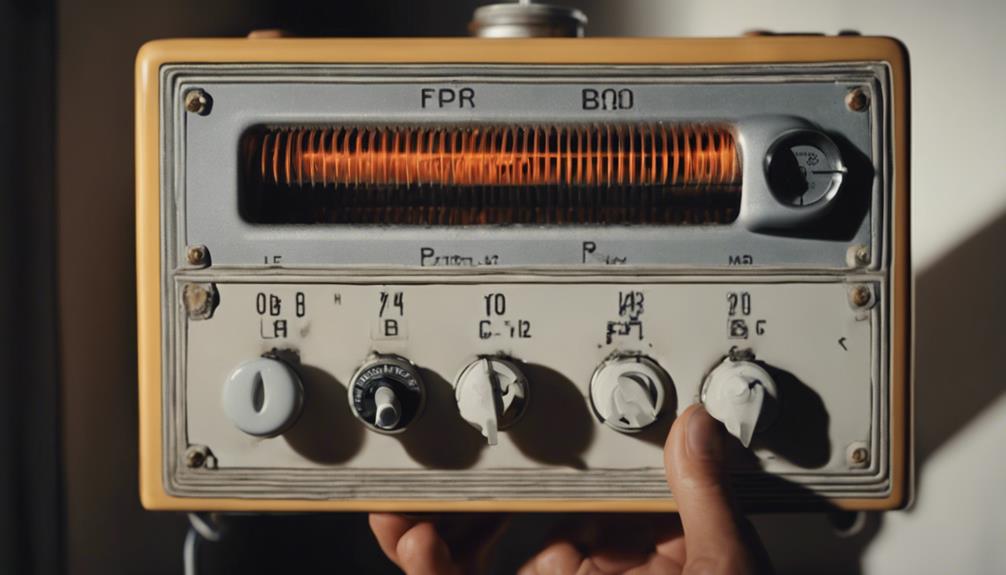
Regularly inspect your heater for signs of wear to guarantee peak performance and safety. Visual signs such as frayed wires, discolored components, or rust are wear indicators that shouldn't be overlooked. These signs can point to potential issues that, if left unaddressed, could lead to malfunctions or safety hazards.
Start by visually examining the exterior of your heater. Look for any cracks, dents, or discoloration on the surface. Check the power cord for any fraying or exposed wires, as this could pose a fire risk. Additionally, inspect the vents for any blockages or debris that could restrict airflow.
Next, open the heater and inspect the interior components. Look for any signs of wear on the heating elements, such as discoloration or corrosion. Clean out any dust or debris that may have accumulated inside the unit, as this can affect its efficiency.
Clean Interior Components
Inspecting and cleaning the interior components of your heater is essential for maintaining its efficiency and prolonging its lifespan. To keep your heater running smoothly, it's vital to use proper cleaning techniques and guarantee component lubrication.
Begin by turning off the heater and allowing it to cool down before starting any maintenance. Remove the access panel carefully to access the interior components.
Use a soft brush or cloth to gently clean the fan blades, motor, and any visible dust or debris. Avoid using water directly on these components to prevent damage. Check for any signs of wear or corrosion during the cleaning process.
Lubricate any moving parts following the manufacturer's recommendations to reduce friction and extend the lifespan of the components.
Regular cleaning and lubrication of the interior components won't only improve the heater's efficiency but also prevent potential breakdowns. By incorporating these maintenance practices into your routine, you can guarantee your heater operates at peak performance for years to come.
Check and Replace Filters
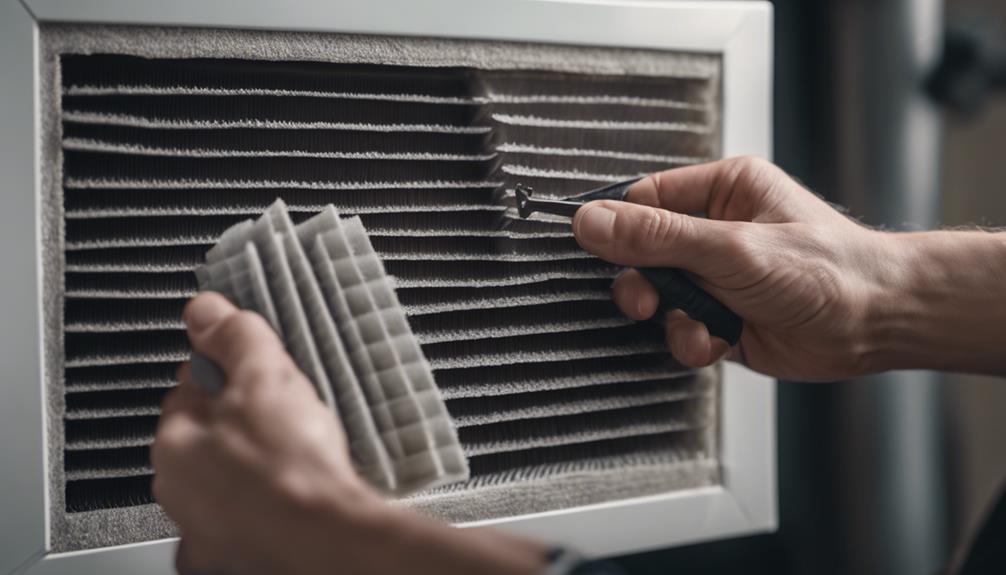
To guarantee peak performance and efficiency, regularly check and replace the filters in your heater.
Filters play an essential role in trapping dust, debris, and other particles that can impede the proper functioning of your heating system. There are different filter types available, including fiberglass, pleated, electrostatic, and HEPA filters. The type of filter your heater requires depends on factors such as allergies, air quality, and the specific model of your heater.
It is recommended to check your filters every 1 to 3 months, depending on usage and the manufacturer's guidelines. Filters that are visibly dirty or clogged should be replaced immediately to prevent airflow restrictions and potential damage to your heater.
Neglecting filter replacement can lead to decreased efficiency, higher energy bills, and even system malfunctions. By staying proactive and maintaining clean filters, you confirm that your heater operates at its best, providing peak comfort and air quality in your home.
Monitor Carbon Monoxide Levels
Check for any potential safety hazards by monitoring carbon monoxide levels in your home, especially in close proximity to your heater.
Carbon monoxide is a colorless, odorless gas that can be produced by heaters and pose a serious threat to your health. To guarantee your safety, install carbon monoxide detectors in key areas of your home, particularly near your heater.
These detectors will sound safety alarms if elevated levels of carbon monoxide are detected, alerting you to the presence of this dangerous gas. It's vital to test these alarms regularly to confirm they're functioning correctly.
Carbon monoxide poisoning can lead to symptoms like headaches, dizziness, nausea, and even death in severe cases.
By being proactive and monitoring carbon monoxide levels with detectors and safety alarms, you can protect yourself and your loved ones from potential harm.
Ensure Proper Ventilation
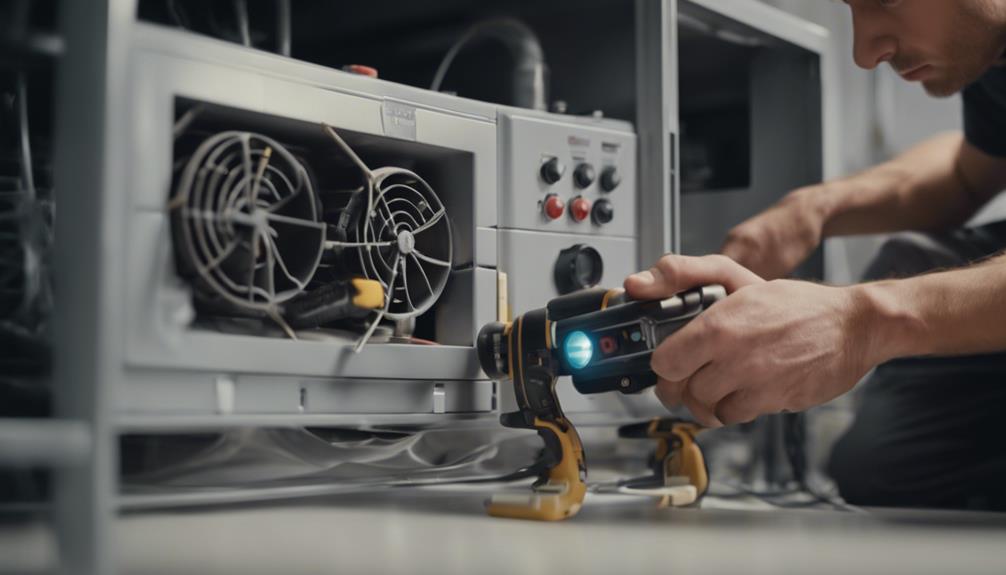
Proper ventilation is essential for maintaining the efficiency and safety of your heater. By guaranteeing adequate airflow, you can optimize the performance of your heating system and prevent the buildup of harmful gases like carbon monoxide.
To achieve proper ventilation, start by checking that all vents and air ducts are free of obstructions such as furniture or dust. These obstructions can disrupt the airflow and reduce the effectiveness of your heater. Additionally, consider using ventilation techniques like opening windows periodically to let fresh air circulate throughout your home.
Another way to guarantee proper ventilation is by inspecting your heater's air filters regularly and replacing them as needed. Clogged filters can impede airflow and cause your heater to work harder than necessary.
Furthermore, keeping the area around your heater clear of clutter can help maintain good airflow and prevent overheating.
Test Safety Features
Guarantee the safety of your heater by regularly testing its safety features to prevent potential hazards. Start by checking the thermostat settings to confirm they're accurate and functioning correctly.
Incorrect thermostat settings can lead to overheating or inadequate heating, posing a risk of fire or uncomfortable temperatures. It's vital to verify that the heater turns on and off at the set temperatures to maintain a safe environment.
Additionally, assess the heater placement in your home. Make sure there are no flammable materials near the heater, such as curtains, furniture, or paper, which could ignite if they come into contact with the heat source.
Proper heater placement is essential to prevent accidental fires and guarantee efficient heating without obstructions.
Schedule Professional Inspections
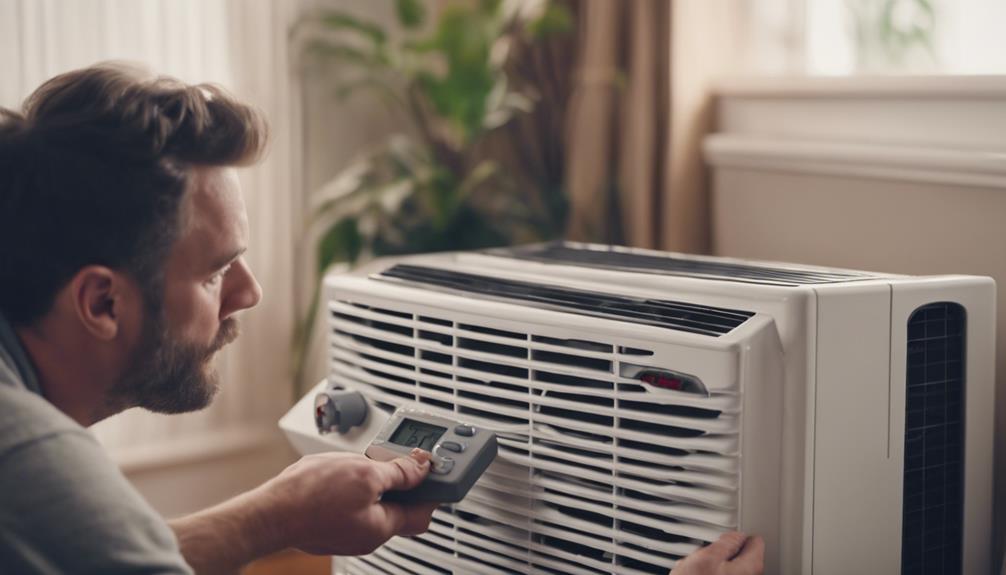
Regular professional inspections of your heater are essential to guarantee its peak performance and longevity. Scheduling these inspections guarantees that any potential issues are identified early, preventing costly repairs or breakdowns later on.
Professional technicians have the expertise and tools to conduct thorough assessments of your heating system, checking for any malfunctions, leaks, or inefficiencies that could be impacting its performance.
During these inspections, professionals will also assess the heating efficiency of your system, guaranteeing that it's operating at its prime level. They'll inspect and clean essential components, such as filters, ducts, and vents, to maintain proper airflow and heating distribution throughout your home.
Additionally, hiring technicians with professional certifications guarantees that they've the necessary training and knowledge to perform these inspections accurately.
Conclusion
In summary, by following these top tips for maintaining your heater, you can guarantee that it operates efficiently and safely.
Regular inspections, cleaning, and filter replacements are vital for peak performance.
Monitoring carbon monoxide levels and guaranteeing proper ventilation are imperative for your health and safety.
Testing safety features and scheduling professional inspections will give you peace of mind knowing that your heater is in good working condition.
Stay proactive and stay warm!
